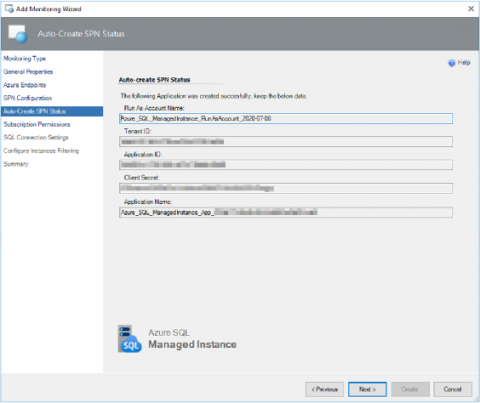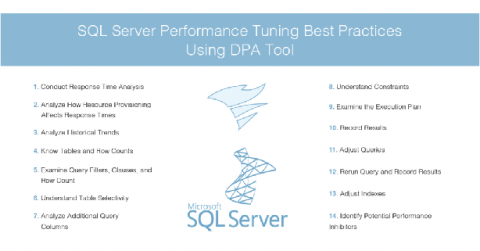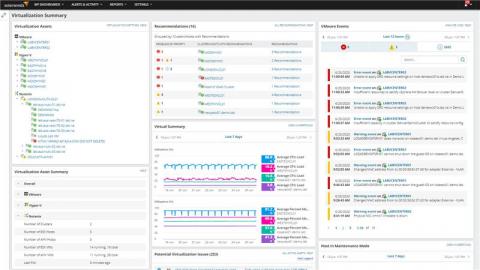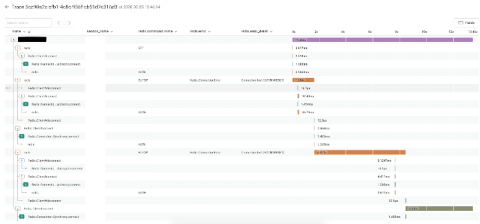What Is a Serverless Database? (Overview of Providers, Pros & Cons)
To put it simply, serverless computing is a cloud computing execution model meaning that the cloud provider is dynamically managing the distribution of computer’s resources. What’s taking up valuable computing resources is the function execution. Both AWS and Azure charge more if you have a combination of allocated memory and the function execution elapse time which is rounded up to 100ms.











